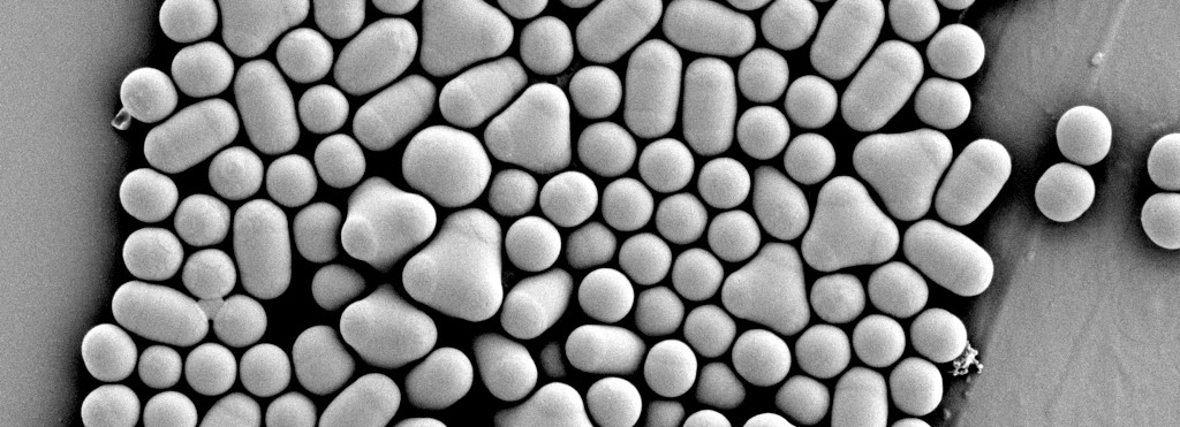
Tiny clumps recycle themselves into complex structures
Manufacturers produce high-end technology mostly top-down with large machinery, but small particles are able to build structures by themselves from the bottom up. A major challenge is that these particles easily clump together. Leiden physicist Daniela Kraft has developed a method to use this phenomenon to her advantage. Publication soon in ACS Nano.
Building blocks
Smaller computer chips, narrow sound boxes, miniature cameras; we keep aiming for smaller and more complex technology, to carry with us or to use for surgery. At the same time, it gets increasingly hard to build a complex structure on an even smaller scale. Wouldn’t it be much more convenient to build structures bottom-up, starting from tiny building blocks? That is exactly the idea within the research group of Leiden physicist Daniela Kraft. She is working on a method to build structures from colloids— particles that are larger than nanoparticles but too small to see with the naked eye. And the fun part is that colloids operate completely on their own, as independent building blocks.
Chunks
This field of research is still in its early stages, but Kraft and her PhD student Vera Meester have now made a giant leap forward by developing a method to use a large barrier to their advantage. ‘Colloids have a strong tendency to clump together,’ says Kraft. ‘Normally speaking that is bad news, but we let them go ahead and make sure that they rearrange into a desired structure afterwards.’
Control
They control the building process by adding salt or oil to the colloidal solution at specific times. This enables them to control the attractive Van der Waals forces and the surface tension. Under the influence of these forces, the randomly shaped chunks swell and reconfigure in a specific way. The type and concentration of salt and oil determine which structures the colloids form. By testing different combinations, Kraft now knows how to create a number of basic structures, from a simple dumb-bell shape to a pentagonal dipyramid. ‘Theoreticians have already predicted what kind of useful larger structures we can build with these basic building blocks, but in practice you never know what is actually going to happen.’
Medical robots
Once physicists have obtained sufficient knowledge on how to command colloids to build specific structures, they will bypass the limit that manufacturers approach from their top-down approach by going the other way: bottom-up. In this way they’ll be able to fabricate miniature devices that are out of reach for the conventional industry. Kraft: ‘In the future we might build tiny light switches, or medical robots. Because we work bottom-up, we won’t be limited with respect to complexity, materials or length scales.’
Article
‘Colloidal Recycling: Reconfiguration of Random Aggregates into Patchy Particles’, Vera Meester, Ruben W. Verweij, Casper van der Wel, Daniela J. Kraft, ACS Nano (Official online publication April 5th)
Image caption: When researchers add oil to colloidal clumps, the particles recycle themselves into uniform complex base structures. All clumps containing 2 particles form dumbbell shapes, 3 particles form triangle shapes and 4 particles make up tetrahedron, like we see in this electron microscopy image.
